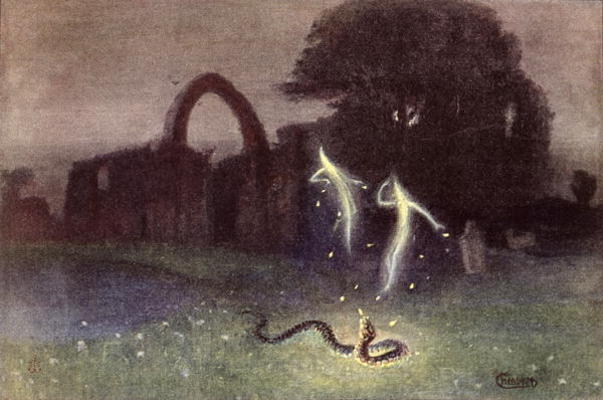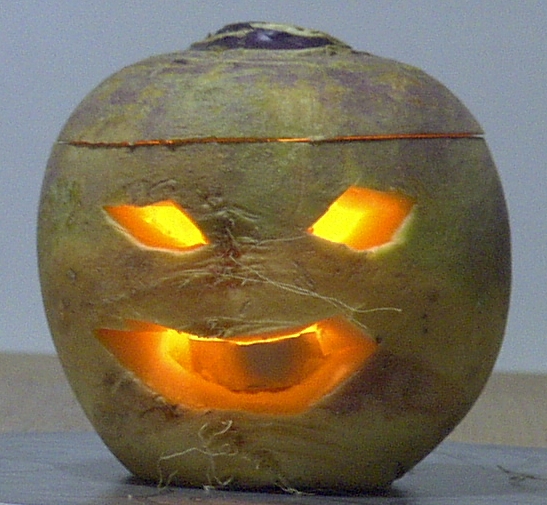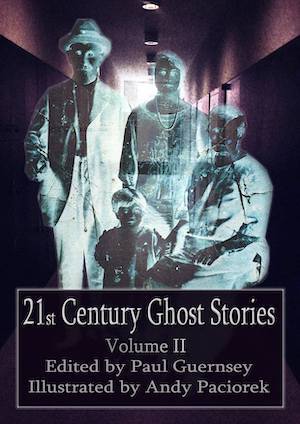Ghost Lights Are The Original Jack-O-Lanterns
IIn European folklore, will-o’-the-wisps, or ghosts lights, appear at night in desolate places to lure lonely travelers off their paths and into swamps and other dangers. According to most folkloric accounts, ghosts lights resemble flickering lanterns that constantly recede before the person pursuing them, so that no one ever gets a close look.
Also called ignis fatuus (“foolish fire” in Latin), these eerie illuminations are said to be the caused by malevolent spirits of the dead or the spirits of unbaptized children. In Europe, the first jack-o-lanterns were created from turnips or pumpkins in imitation of will-o’-the-wisps. In fact, “jack-o-lantern” was another name for ghost fire before it came to be associated with the carved, candle-kindled vegetables with which we are all familiar.
Ghost lights are seen around the world from England to Australia to Argentina. In some Latin American countries they are known as the “luz mala,” or evil light. They have been seen by enough people in so many different places throughout the millennia that they seem to be an actual phenomenon rather than the product of frightened human imaginations. The most plausible scientific explanation for will-o’-the-wisps is that they are spontaneously igniting plumes of methane gas produced by rotting vegetation in swamps. But this hypothesis has yet to be proved for certain. . . .



